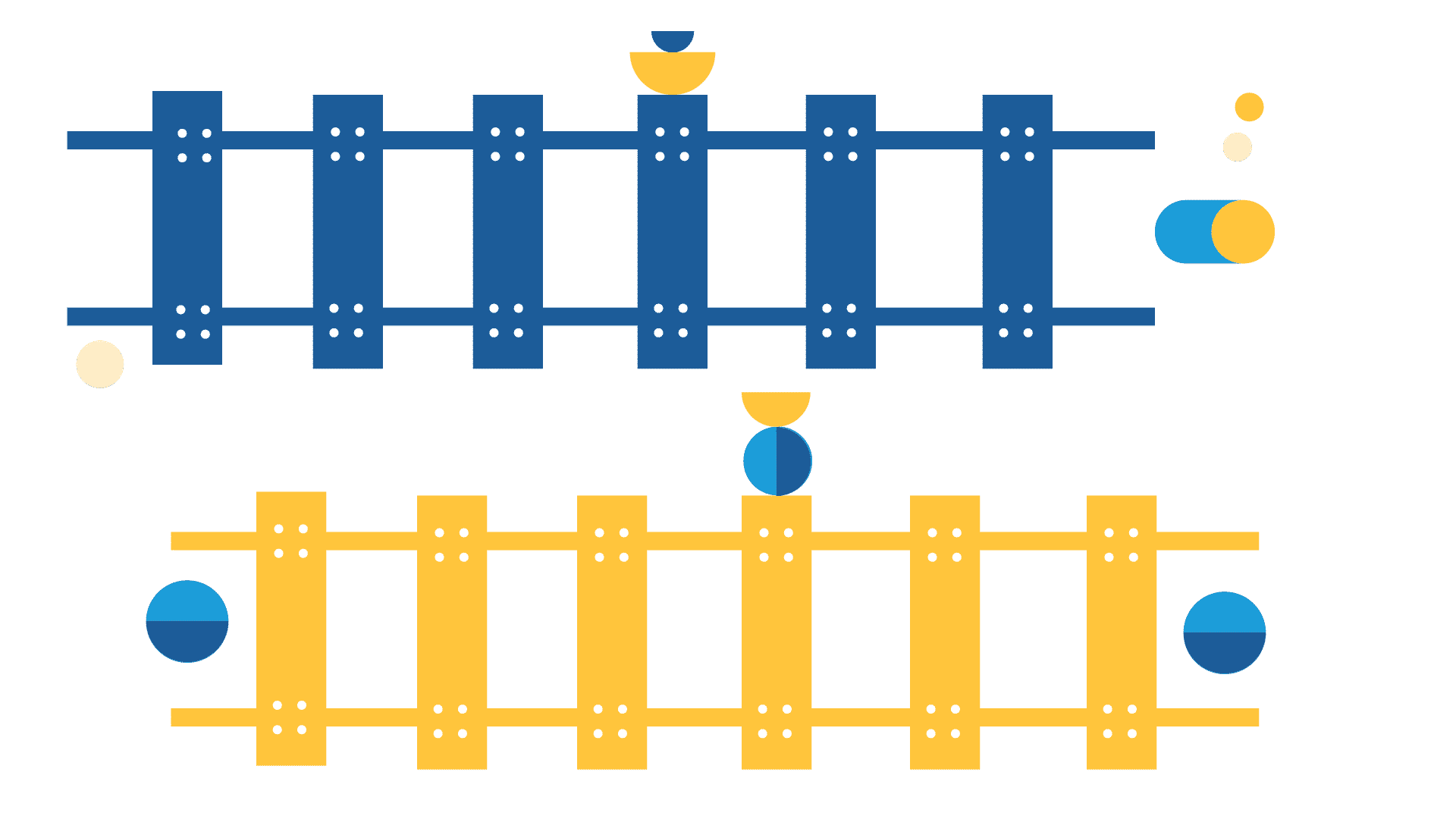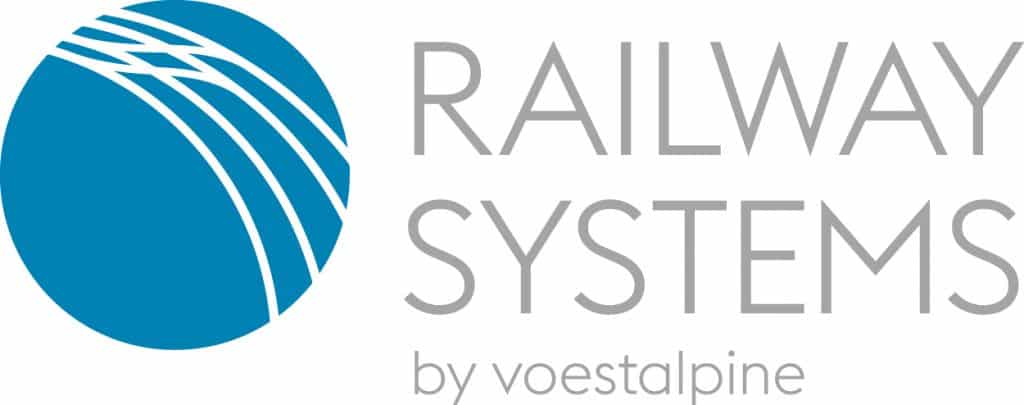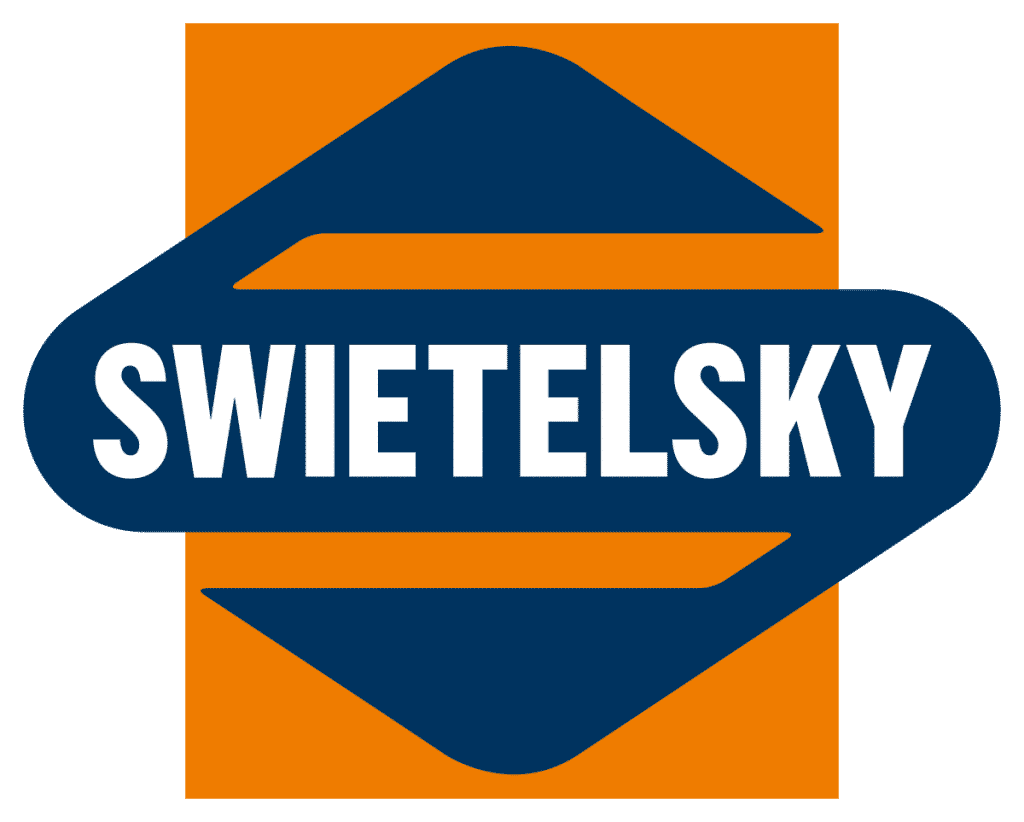
Railway Infrastructure – Asset Management – 10 October 2023
Events 2023 overview
Go BackTopics: Life Cycle Management (LCM), Life Cycle Costs (LCC), Sustainability, Proof of Economic Efficiency
Focus: Life Cycle Management for turnouts
Participants: Infrastructure Management- Asset Management
Technical Departments
Economic Departments
Sponsored by
Agenda
Dear participants: if you did not receive the Zoom link for the event please check your spam folder and/or write an email to events(at)weTHINK.eu Looking forward to seeing you.
AGENDA
- 10:00 – 10:10 Welcome, introduction.
- 10:10 – 10:50 Prof. Dr. Peter Veit, Prof. Dr. Stefan Marschnig, Graz University of Technology, Austria – Standard elements for turnouts.
- 10:50 – 11:05 Q&A / break.
- 11:05 – 11:45 Prof. Dr. Peter Veit, Prof. Dr. Stefan Marschnig, Graz University of Technology, Austria – Track and Turnout – similarities and differences.
- 11:45 – 12:00 Q&A / break.
- 12:00 – 12:45 Prof. Dr. Peter Veit, Prof. Dr. Stefan Marschnig, Graz University of Technology, Austria – On-going research on data-driven maintenance prognosis for Switches & Crossings.
- 12:45 – 12:55 Q&A.
- 12:55 – 13:10 Dr. Sören Röhrig, Head of Product management at voestalpine Rail Technology – “LCC Track – LCC Landscape identifyin customers potentials”
- 13:10 – 13:20 Q&A
- 13:20 – 13:25 Preview on topics of coming up seminars.
Turnouts form an important part of railway infrastructure. If railway lines are both, heavy utilised and run by inhomogeneous traffic, Switches & Crossings (S&Cs) are needed in order to keep traffic running even in case of disturbances or maintenance. Mixed traffic networks often show a characteristic of a bit less than one turnout per kilometre.
Analysed from the asset characteristic, a turnout is a point infrastructure embedded in the line infrastructure track. Data storage therefore also differs when comparing it to track. Moreover, S&Cs have moveable parts, different stiffnesses over their length, and the diverging path and thus additional components (compared to track). But still, the three main components rails, sleepers, and ballast and the substructure are crucial for the behaviour of the entire element.
However, as the stiffness changes the behaviour changes over the turnout. Consequently, quality indicators used for open track cannot be used for S&Cs due to different reasons. Still, ongoing research delivers new (adopted) approaches for the assessment of component condition and the structural behaviour allowing predictive maintenance.
About weTHINK. Railway LCM
Knowledge Exchange
Goal is to build a knowledge exchange community for best practices on technical sustainability and economic efficiency for track superstructure.
Technical Sustainability
Increasing traffic pushes on track deterioration but also limits time for track work more and more. To overcome this problem further development of track must target more sustainable track components and track maintenance to reduce the demand of track possession without reducing track quality. This requires understanding of track deterioration, gained by time sequences of track data allowing forecasting of track behaviour and thus preventive maintenance.
Economic Efficiency
R&D within track needs to present sustainable solutions which show a high economic efficiency. As track shows costs only, track strategies can be economically evaluated by comparing different options. Standard evaluations can be used as calculating the dynamic annual average costs. Dynamic methods are required due to the long service lives of track, annual average costs are used to enable comparing strategies with different service lives. Furthermore costs of non- or reduced availability due to either track work or due to speed restrictions caused by poor quality need to be taken into account for a proper evaluation of track component and/or track maintenance strategies. These methodologies will be presented theoretically and on real examples.
Date
Time
Local Time
- Timezone: America/New_York
- Date: 10 Oct 2023
- Time: 4:00 - 7:00

Organizer
weTHINK.eu
Phone
+40774083583Website
https://www.wethink.euNext Event
- weTHINK. Waste Circularity RDF/SRF online conference – 22 MAY 2024
-
Date
- Wed 05 2024
-
Time
CET- 10:00 - 13:30




